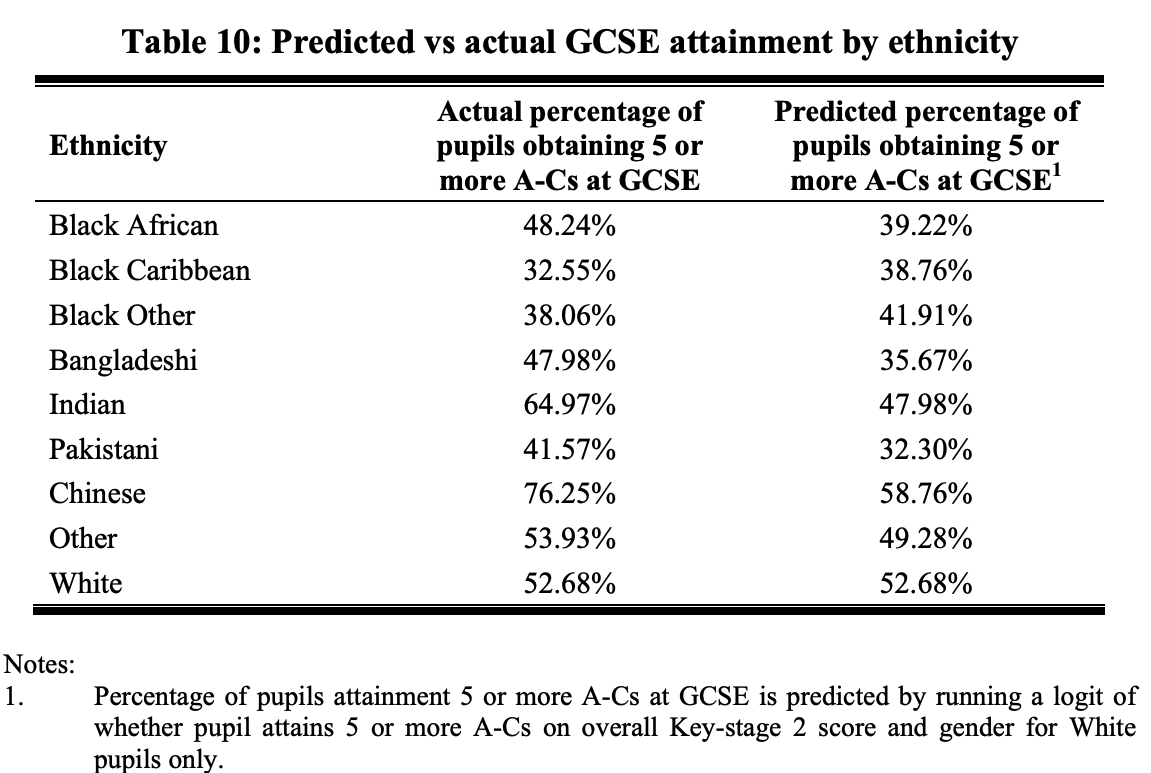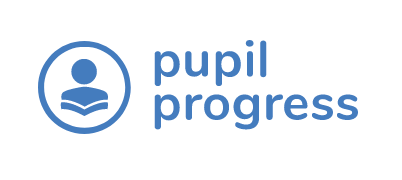Facing the Challenges of Ranking your Students

Information about the methodology for awarding grades for students is gradually being released before the official guidance comes out from exam boards. A clearer picture is emerging that the grades will be informed by your current data (see Preparing for Teacher Predictions), and it will involve an element of student ranking within your subject (ASCL, March 31st). The grades submitted will be moderated against prior KS2 data, prior school attainment data and national distributions by the exam boards. If adjustments need to be made to the distribution of grades, then the rankings will provide a fair basis on which students will move up or down a grade. The process of ranking students brings further challenges, especially to larger departments. This more refined approach could also increase the effect of unconscious bias. So what should be taken into consideration at a subject level to ensure a fair and justifiable approach?
Ranking students
The guidance from the ASCL has indicated that, once plausible grades have been predicted based on mock and non-exam assessed units, teachers will then need to;
“Rank order the students within those grades, so that if the gradings need to be adjusted, then it is clear which pupils would be affected, in either direction. This is a difficult process and relies on teachers being fair and reasonable with their own pupils but also understanding the same process is being applied everywhere else.” (ASCL, 30th March)
The rankings are a chance for you to indicate the relative confidence levels in the grades that you have awarded students. Many schools do something like this already with their internal grade predictions/ assessment points using a, b, c or .1, .2, .3 after a grade to indicate a level of confidence; the ranking will be a higher precision version of this.
For example;
- John Smith Grade 5 Rank 1
- Alison Adams Grade 5 Rank 2
- Claire Taylor Grade 5 Rank 3
- David Roberts Grade 5 Rank 4 (Would potentially be moderated down as lowest ranking grade 5)
The exam boards will use them to inform their decision of which students should have their final grades adjusted, if there is a need, shown by the external verification of the submitted grades.
Ranking your students across a cohort within a grade is going to be particularly challenging especially in subject areas where the cohort is taught by more than one teacher. How can you fairly discuss whether student A in 11X2 should be ranked above student B in 11Y2 when they are taught by different teachers? This again is where going back to your raw data will really help to apply a more objective approach for subject leaders to agree to a ranking.
Keeping the goal in mind
We all have a very important role in ensuring this process is fair. All organisations involved in developing this process, from the DfE down, are shouting out loud that our sole focus in implementing the process should be ensuring that our students receive reasonable grades. Something that surely no teacher can disagree with.
We know how sometimes there will be individuals who will agree with this in principle, but when it comes down to the practicality and quiet conversations, there may be a nudge here or there to boost the grades under some misguided notion. To support teachers to not have this inappropriate pressure there are very important counter arguments to consider:
- The 2020 grades will not be used in any headline measures, inspections or school rankings (DfE, March 20th & ASCL, March 31st)
- On the same basis, the grades you award should not be used for Performance Management
- The exam boards and Ofqual will moderate grades down if the grades are over-generous or don’t match the expected distributions – this could unfairly disadvantage other students (AQA, 27th March and all other exam boards updates)
- Over-inflated grades will further distort the picture for your current year 10’s and 12’s who have also missed out on a large chunk of teaching time (ASCL, March 31st)
So we know we need to focus on fairness for the individual students, so what should we keep in mind in preparing for teacher judgements? How can we increase our chances of getting our submitted grade predictions accepted, rather than moderating down a large number of students.
Why having clear data is important
Having clear, data-driven evidence of where students are at, then using this to apply your professional judgement for where you think the students would reasonably be, will support your confidence that you have been as fair as possible to your students.
It will also give your leadership team confidence that you can justify any controversial judgements you have made. Each school will be putting in place an internal verification process to ensure the schools predictions are unlikely to be flagged up for moderating down. If the distribution of grades is significantly different to previous years or likely outcomes based on KS2 data, you may need to raise or lower individual students’ grades in your subject area. By having the data evidence base you can do this alongside other professionals and have a well informed conversation.
Avoiding unintentional bias
In making our teacher predictions, we need to be aware that we may be influenced by our unintentional biases and unconscious lowering of expectations for certain students. The potential impact of this is well written about by Pran Patel in his article on 2020 Exams Result and Bias along with ways to address this.
A study by Briggs et al, 2006 highlights the difference between predicted and actual GCSE’s for different ethnicities from a data set of all state school pupils in England, accounting for around 93% of all pupils.

It is very difficult to recognise what our biases are, whether they are related to ethnicity, gender, disadvantaged students, behaviour etc. and therefore to mitigate the effect in the teacher judgements. The DfE has stated that any external moderation of the results are working on a way to address the effects of this (DfE Guidance, Q3, March 20) discrimination against students from different backgrounds. But we can keep this in mind when looking at our grade predictions and in particular the rankings of students.
Basing our teacher predictions on the best internal data we have will help to reduce the effects of any unconscious bias. By looking at a breakdown of the grades with sub-level analysis at a subject level it is also possible to check to see if there are any groups that are potentially being underestimated. We will be releasing further support to teachers and leaders using our platform to show them how they can use our reporting tool to get immediate percentage grade breakdowns for the different sub-groups of students (Pupil Premium, gender, ethnicity, etc.) as part of the quality assurance process.
How can Pupil Progress provide support
For the past 5 years we have been building and developing tracking systems that provide teachers with a way to enter their raw data for each unit of a course. Our course-specific tracking systems apply the exact calculations the exam boards do, using the published grade boundaries from the very latest exam series to provide an accurate overall mark and grade of where your students are at now. Our trackers are built to take into account missed units or assessments too and the flexibility of adding your own internal assessments.
We have been adapting and adding additional functionality to our platform to support teachers and leaders through the whole process for teacher grading for 2020. We will be continuing to refine the tools as more information is released. To be clear, Pupil Progress won’t calculate the Teacher Judgements or rankings for you, but gives you all the tools you need to make it as well informed and as robust as possible. It will make any conversations between professionals around the grade decisions to be transparent for all involved.
The trackers are flexible enough that any relevant raw data you currently have can be utilised, supporting the decisions and any discussions around the grades you are going to submit. Using our trackers you can easily:
- Get an accurate Current Working at Grade and Average Unit Grade to inform your teacher judgements
- Take snapshots of your current data to refer back to the start point (Period prior to exam cancellation)
- Make adjustments to your current raw marks at a unit level for each student to give an overall course mark
- Use our trackers to record validated Teacher Judgements
- Get clarity and confidence on how teachers have come to decide on their students grades
Internal verification of the grades across a subject will support leaders to check the grades across a cohort. Our analysis and reporting tools will:
- give you instant breakdowns of grades per subject to compare to previous years
- give you breakdowns for different sub-groups of students
- provide a ranking tool that you can use as a start point to make informed adjustments
- download all your final grades on one spreadsheet across a subject or whole school
We know this is going to be a challenging time and teachers will want to get this right. Our priority is in supporting teachers to feel confident in the grades they are submitting for their students and to reduce the risk of having grades being moderated down. We feel that under these extremely unusual circumstances and due to the importance of students being awarded fair, accurate grades, we are in a great position to support you in this process and so have made our tracking free to all schools to remove any possible barriers.
Our advice is to be prepared with your current data; don’t rush the process or start grading or ranking now. Be well informed and follow the guidance from the exam boards when it is released. We are doing this too and we will support you through the entire process.

Barnaby Grimble
Co-founder
Chief Product Officer

Comments